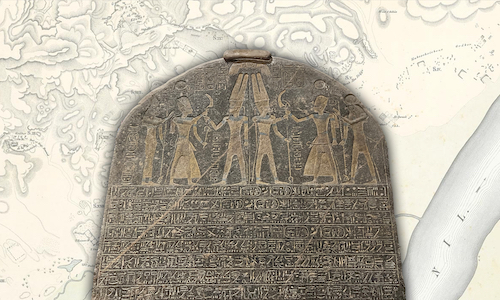Mustard seeds and confirmation bias
The past couple of days have seen an idea floating around twitter that sounds nice; it goes something like this: Jesus didn’t use the mustard seed as his illustration for the kingdom of God because it was small, but because it was illegal to sow, and that it was an “illegal”/”banned substance”.
Vague claims of the idea being “in the Talmud” seem to have satisfied the hundreds of people, some of them well known and pretty influential, who have retweeted this idea into timelines everywhere. The message is being well received by many.
This episode is a fine lesson in confirmation bias and the need to check your sources – especially when something seems to fit your narrative.
It took all of 5 minutes to look up what “the Talmud” actually says about planting mustard seeds (“the smallest of all the seeds“). It turns out that the evidence doesn’t back up the narrative floating around twitter. He’s what can actually be found:
From Toseftah, Seb. 2:9 (written in the late 2nd century CE)
2:9 A. Cress and hedge-mustard normally cultivated for both seeds and vegetables; cf. M. Ma. 4:5] which [a farmer] sowed [intending to harvest them] for their seed,
B. both the seeds and the vegetables are tithed.
C. If he sowed them [intending to harvest them] as vegetables [ed. princ. lacks B–C],
D. both the vegetables and the seeds are tithed.1
From the Mishnah, Kil’ayim 2:9 (3rd century CE):
2:9 A He who wishes to lay out his field [in] patches of every kind (with each patch containing a different kind]— (1) he lays out twenty-four patches to a bet seah, (2) a patch to a bet rova, and sows in any kind that he wishes. “If there were one or two patches [in a field of grain], he sows them with mustard; [but if there were] three [patches], he shalt not sow them [with] mustard, for [then the field as a whole] looks like a field of mustard,” the words of R. Meir. And the sages say, “Nine patches are permitted, [but] ten are prohibited [it is permitted to lay out no more than nine patches of mustard in a field of grain.]”2
The Talmud actually doesn’t have much to say about the planting of mustard seeds or the illegality thereof; it just quotes the Toseftah without adding much in b. Erub. 3:1, II.4.F.
Sorry – there’s just no evidence to back up this idea that I can find in any of the Jewish literature. Instead of it being illegal…
- It was not illegal to sow mustard seeds
- There were guidelines on how much mustard to plant alongside other plants
- Not only was it not “banned” or “illegal” – it was tithed!
Lesson:
- CHECK YOUR SOURCES…
- …ESPECIALLY IF SOMETHING SEEMS TO CONFIRM YOUR BIASES
Footnotes




